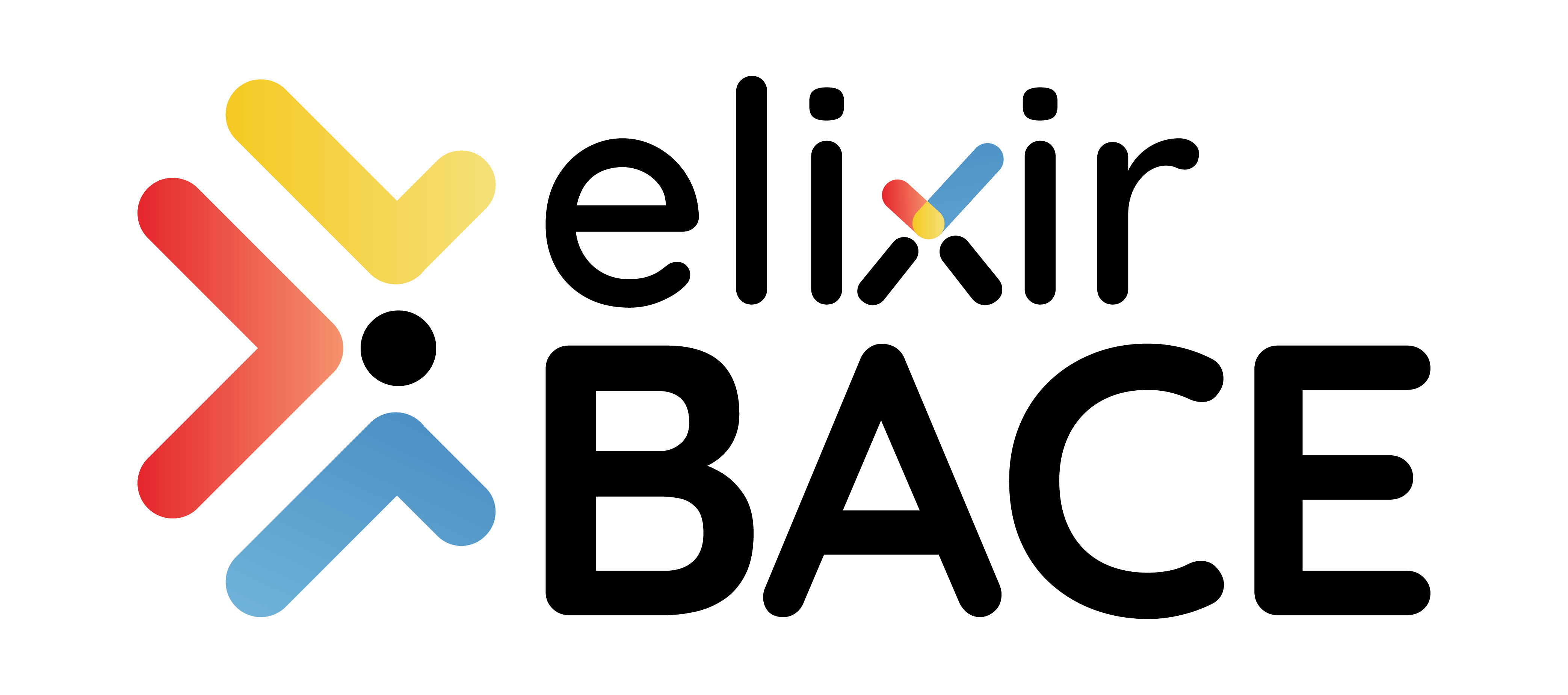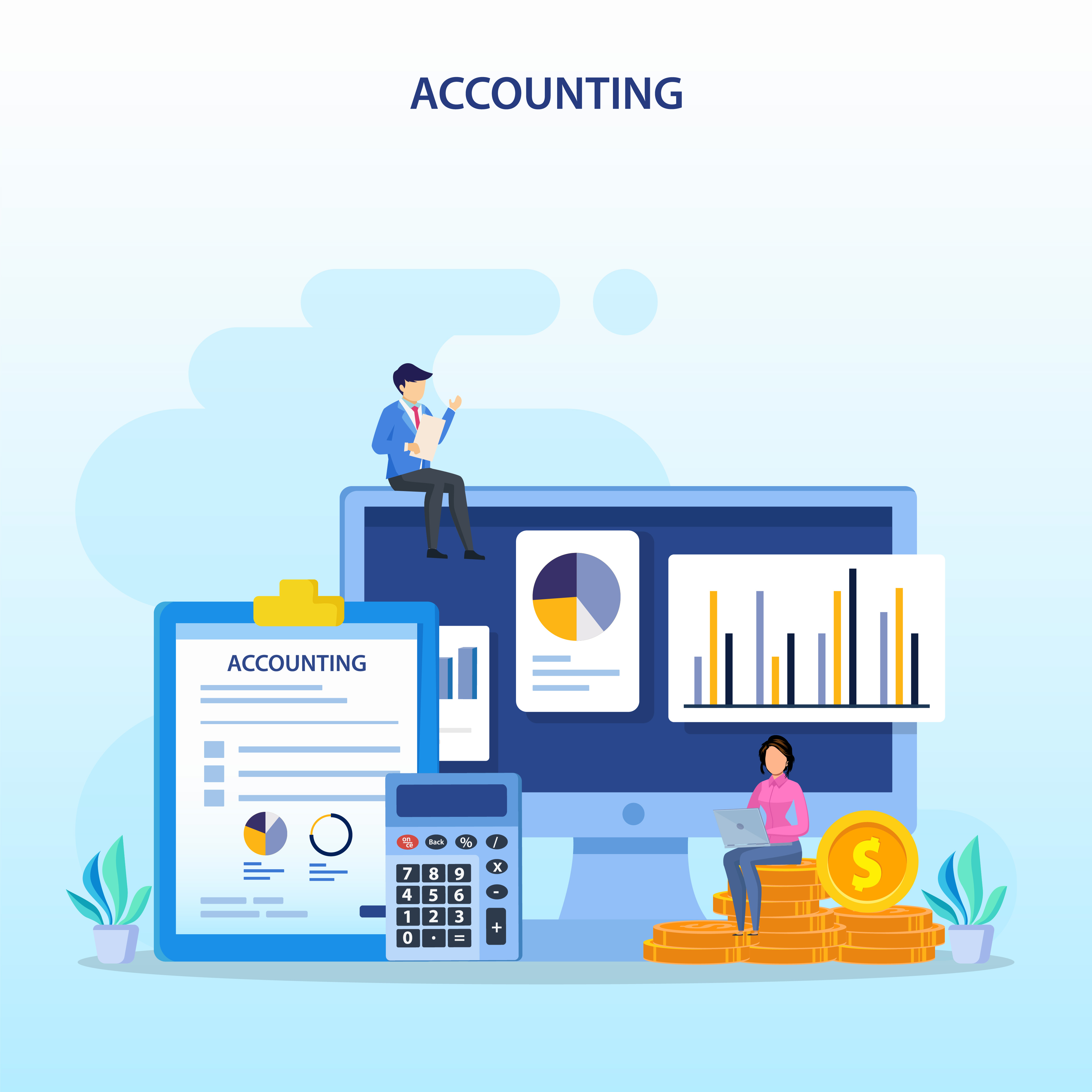In today’s fast-paced digital economy, businesses are constantly on the lookout for ways to streamline operations, reduce costs, and gain a competitive edge. One of the most powerful ways to achieve these goals is by using integrated accounting software. This software brings together all of a company’s financial, operational, and managerial data into a single, centralized system, offering numerous benefits that traditional, stand-alone accounting tools simply cannot match.
Below, we explore the key advantages of integrated accounting software and discuss why incorporating it into your organization’s technology stack is crucial for sustainable growth, efficiency, and data-driven decision-making.
What Is Integrated Accounting Software?
Integrated accounting software is a comprehensive platform that unifies multiple financial and operational functions under one digital umbrella. While basic accounting software might only manage general ledger tasks such as accounts payable, accounts receivable, and payroll, an integrated system goes further by seamlessly linking these modules with other core functions—such as inventory management, customer relationship management (CRM), invoicing, and even HR functions. As a result, businesses have a holistic view of their operations and finances in real-time, enabling better collaboration and quicker decision-making.
With the rapid evolution of technology and the increasing complexity of financial regulations, businesses can no longer afford to work with disjointed, siloed systems. Integrated accounting software simplifies this complexity by automating tasks, ensuring data accuracy, and providing comprehensive insights—all from one centralized platform.
Streamlined Financial Management
- Reduced Manual Workload
One of the biggest pain points for traditional accounting methods—or even for organizations that rely on multiple software solutions that don’t “talk” to each other—is the repetitive data entry. For example, the accounting team often has to enter the same information in different applications, from inventory counts and invoices to expense reports. This repetitive work not only increases the likelihood of mistakes but also absorbs valuable employee time that could be invested in more strategic tasks. Integrated accounting software significantly reduces manual data entry because once the information is entered, it automatically flows into other relevant modules.
- Automated Workflows
In an integrated system, workflows are typically automated, meaning that once a sales order is placed, it triggers a sequence of actions—from inventory checks to invoice generation—without requiring multiple manual touchpoints. This eliminates inefficiencies within departmental handoffs, ensuring your financial operations remain fluid and uninterrupted.
- Real-time Updates
Financial transactions captured in an integrated system update instantly across all relevant modules. When a customer pays an invoice, your cash flow records, inventory, and even financial statements reflect this transaction in real time. These up-to-date records become invaluable for decision-making, enabling leadership teams to respond quickly to changing conditions.
Real-time Data Visibility
- Comprehensive Dashboard Views
Integrated accounting software often includes user-friendly dashboards that display a snapshot of key performance indicators (KPIs), such as cash flow, sales revenue, and outstanding invoices. Having this data readily available at your fingertips helps you make timely decisions, such as whether to approve a new purchase order or adjust your marketing spend.
- Informed Decision-Making
With real-time insights into your financial health, it becomes easier to spot emerging trends or potential red flags early on. If sales in a certain region start to dip, an integrated system will reflect that decrease in revenues and inventory movement. This allows you to investigate the root cause more quickly, whether it’s an issue with product demand, shipping delays, or a competitor’s new strategy. Armed with accurate, up-to-the-minute data, your management team can devise solutions before a minor problem becomes a full-blown crisis.
- Data-Driven Forecasting
Forecasting is crucial for every organization, whether you’re projecting sales figures or planning the budget for the upcoming quarter. Integrated accounting software ensures data consistency and accuracy, which translates to more reliable forecasts. Instead of pulling data from multiple systems and trying to reconcile discrepancies, teams work with a unified source of truth. This is especially beneficial in industries with tight margins or where rapid changes in consumer behavior can drastically impact financial performance.
Fewer Errors and Better Accuracy
- Minimized Data Entry Errors
When each department inputs data into a different tool, errors can—and often do—creep in during the transfer process. Minor discrepancies, such as listing the wrong invoice number or missing a decimal place, can have ripple effects throughout the entire organization. Integrated accounting software prevents these types of errors by leveraging a single repository of data. Invoices, receipts, purchase orders, and other financial documents are all digitally stored, significantly reducing duplication and ensuring information accuracy.
- Automated Reconciliation
Bank reconciliation is a task that can be cumbersome in traditional systems. However, integrated software can automate and simplify the reconciliation process, comparing your general ledger balances with your bank statements and highlighting discrepancies. This early detection mechanism allows you to correct any mistakes before they snowball into larger financial headaches.
Centralized Data and Enhanced Collaboration
- Single Source of Truth
One of the defining features of integrated systems is the single database approach. This central repository ensures that everyone in the organization—from accountants and sales representatives to warehouse staff—has access to the same, up-to-date data. There’s no risk of working off outdated spreadsheets or pulling contradictory numbers from different departments.
- Cross-Departmental Visibility
When departments operate in silos, communication gaps can lead to process bottlenecks, missed deadlines, and tarnished customer relationships. Integrated accounting software promotes collaboration by providing employees with broader visibility into business workflows. The sales team can see if there are payment delays on certain accounts, the warehouse can confirm inventory levels before finalizing purchase orders, and management can track the overall performance of each department—all in a single system.
- Improved Team Productivity
Collaboration tools embedded in many integrated platforms allow multiple users to work on the same records simultaneously. This reduces back-and-forth emails, speeds up approvals, and drastically cuts down on time wasted searching for information. In the long run, improved collaboration translates to higher team productivity, reduced overhead costs, and greater customer satisfaction.
Regulatory Compliance and Enhanced Security
- Automated Compliance Updates
Keeping abreast of evolving financial and tax regulations is a constant challenge for any business. Integrated accounting software mitigates the risk of non-compliance by offering automated updates to accommodate new or modified regulations, ensuring that all financial records remain accurate and legally compliant.
- Reduced Audit Headaches
Audits can be stressful and time-consuming when financial records are scattered across multiple tools or paper files. With integrated accounting software, all transactional data is stored in a single location with an accessible audit trail. Auditors can easily trace each transaction from its inception to its final posting, which helps expedite the audit process and reduce the risk of penalties or fines due to missing documentation.
- Secure, Role-Based Access
A hallmark of modern integrated accounting platforms is robust security and role-based access control. This ensures sensitive information is only visible to authorized personnel. With role-based permissions, you can define different levels of access, giving each employee precisely what they need to perform their duties without compromising overall system security.
Scalability and Customization
- Accommodating Business Growth
Every business hopes to grow, whether that involves expanding into new territories, adding new products or services, or increasing your customer base. With growth comes complexity, especially in financial processes. Integrated accounting software is designed to handle more data and more concurrent users as your operations expand. Instead of switching to a different platform and retraining your staff, you can simply add new modules or upgrade your existing solution.
- Tailored Functionalities
While some organizations may only need a few core modules—such as accounts payable, accounts receivable, and a general ledger—others might require specialized functionalities like advanced inventory management, job costing, or multi-currency support. Integrated accounting solutions often offer modular designs, allowing you to pick the features that best fit your operational needs. This customization ensures you’re not paying for bells and whistles you’ll never use, while still retaining the flexibility to grow into new modules as needed.
Cost Savings and Return on Investment
- Reduced Overhead Costs
Implementing multiple software solutions (for accounting, inventory, payroll, CRM, and so on) usually comes with a higher total cost of ownership. You’re paying for multiple licenses, support contracts, and possibly integration bridges between these systems. By consolidating all these functionalities into a single integrated platform, you not only reduce licensing fees but also cut down on training and maintenance costs.
- Faster and More Accurate Reporting
Time is money. By automating tasks that normally consume an inordinate amount of staff hours—like bank reconciliation, invoice management, or complex financial reporting—organizations can focus their energy on more strategic objectives such as driving sales or improving customer service. The result is a better bottom line and a clearer return on investment.
- Competitive Advantage
In a crowded market, having streamlined, accurate financial data at your disposal can mean the difference between seizing an opportunity and missing it. An integrated system provides a real-time overview of your company’s financial health, enabling you to allocate resources more effectively, minimize waste, and respond quickly to new developments. This agility can translate to lower operational costs, improved customer satisfaction, and a competitive advantage over businesses that are still juggling disparate systems.
Better Customer Satisfaction
While integrated accounting software primarily focuses on internal financial and operational efficiencies, the positive ripple effects extend to your customers as well. Faster, more accurate invoicing and efficient order management lead to fewer billing disputes or delivery delays. Sales representatives equipped with real-time inventory data can manage customer expectations more effectively, ensuring a consistent, reliable buying experience that fosters loyalty and repeat business.
Conclusion
In an era defined by information overload and rapid technological change, the importance of reliable, comprehensive, and agile accounting systems cannot be overstated. Integrated accounting software stands out as a game-changer for businesses of all sizes, unifying disparate functions into one cohesive platform that supports strategic decision-making and fosters operational excellence. From reducing manual workloads and enhancing data accuracy to improving compliance and scalability, the benefits of integrated accounting software are profound and far-reaching.
If your organization still relies on piecemeal solutions or manual processes, it may be time to reconsider and adopt a robust, fully-integrated approach. This move could transform not only your financial operations but also how you approach business as a whole, paving the way for sustained growth and long-term success. By centralizing financial data, eliminating costly errors, and offering a real-time glimpse into organizational performance, integrated accounting software enables today’s enterprises to remain agile in a continually evolving marketplace—positioning them for innovation, resilience, and profitability in the years to come.




